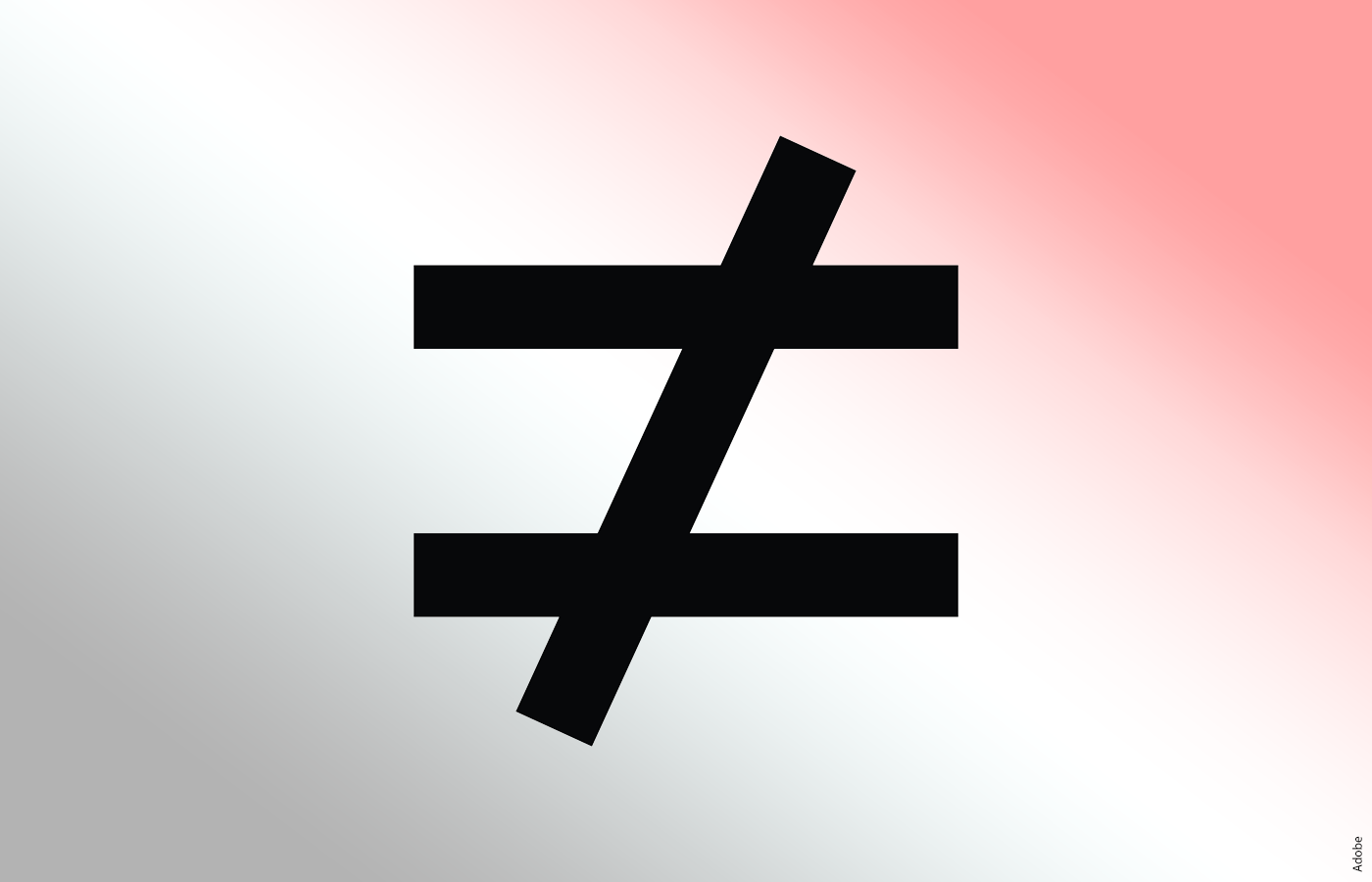
Paul Banksley’s publicist was on the phone. “We’ve got some big news,” she said. “And given your relationship with Paul, we wanted you to hear it straight from him.”
My mind raced at the possibilities. What might the 22nd-century skills icon, TED talk celeb, former vacuum salesman, and founder of Tomorrows Are for Tomorrow be up to? There was a buzz on her end. “Here’s Paul.”
The great man got on the phone. “Rick?” he said, “I’ve got some news.”
I tried to play it cool. “Yes?”
“Next week, we’ll be making a big announcement,” he said. “We’re going to give math a makeover.”
“Whoa!” I replied.
“You see,” he said, “We’ve been doing math all wrong. So many teachers today get caught up in numbers, multiplication, and ‘right’ answers. Forget the 22nd century—that stuff isn’t even a fit for the 21st! It’s not innovative, inclusive, learner-centric, future-driven, or equitable.”
I was feverishly typing notes on my laptop.
“We’ve lined up $100 million in funding, and we’re going to shake this thing inside-out. It’s time for fewer fractions and a lot more fun,” he said. “Out with division, in with diversity. Out with negative numbers, in with positive feelings.”
I scrambled to keep up. I didn’t want to miss a word.
“Out with dusty 19th-century mathematics. In with 22nd-century mathaliciousness.”
He continued: “Consider the equal sign—those two little parallel lines that are so easy to take for granted. Too often, they’re just an impersonal directive to ‘do this calculation.’ It’s all very autocratic: ‘add this’ or ‘subtract that.’”
“So true,” I murmured.
“Learners aren’t given a chance to luxuriate in math’s colors, sounds, and smells. They’re so focused on whether the total here matches the one over there that they don’t get to experience the texture of it all. It’s like they’re math robots, not math students.”
I was typing so fast, I feared that my laptop might overheat.
“When we teach the equal sign as if it’s just a mechanical procedure, we lose the opportunity to have students explore the true significance of equivalence, to contemplate balance in social constructs. Indeed, my favorite math experts tell me that the equal sign is best understood as a hegemonic device to hinder those seeking to combat inequity.”
I hate to admit it, but I was starting to feel a little lost. I said as much.
“That’s all right,” Banksley generously allowed. “This is heady stuff. Let me put it this way. In algebra, students manipulate equations to find solutions. In doing so, they need to ensure that operations performed on one side of an equation are mirrored on the other.”
“Okay,” I said.
“There are two problems here,” Banksley explained. “The first is that this is all posed in the language of equality, not equity; it’s a vision of sameness, not one of diversity.”
“So true,” I heard myself whisper.
“The second,” he said, “is that students learn to see the equal sign as a reductive command, losing the moral dimension of equation-solving. We’re seeking a deeper, more humanistic mastery.”
“What’s that look like in a classroom?” I wondered aloud.
“The possibilities are endless. Instead of 19th-century problem sets, a teacher might ask how many trees a student would need to plant in order to combat intolerance.”
My eyes got wide.
“Or, how many servings of spaghetti must be thrown on the Mona Lisa to halt climate change.” He paused. “It won’t just be math,” he said. “It’ll be mathalicious.”
I wanted to snap my fingers in ecstatic approval, but they were busy flying over the keyboard. “Was it tough to get the funders on board?” I asked.
“We just needed to help them see the real-world relevance, when it comes to things like transitioning students to fifth-generation skills in co-created, dynamic learning environments.”
“Will students still learn old-fashioned addition and subtraction?” I asked.
He paused. “That’s the wrong question, Rick,” Banksley said. It is one of the few times I ever recall him sounding frustrated. “You’re getting caught up in trivia.”
I apologized.
Subscribe to Old School with Rick Hess
Get the latest from Rick, delivered straight to your inbox.
“It’s all right,” he allowed. “We’re going to help learners grasp the intersection of 22nd-century conceptual math and authentic social change. Sure, they’ll still pick up a lot of that other stuff on the playground or postings on Instagram. Or they’ll use a calculator. But we need to focus on what matters. We can’t get sidetracked by yesterday’s trifles.”
I felt abashed. Talking to Banksley can be frightening and exhilarating all at once. I guess that’s a trademark of genius. “You’d mentioned the larger implications of this work,” I noted.
“That’s right,” he said. “It’s not about 19th-century-style brain storage but 22nd-century neuroscience and the kind of world we want to create. I’ll let you in on a secret: Our first big initiative? We’re going to redesign the equal sign.”
“Wow!” I gasped.
“The equal sign just isn’t transformative. We need an update that’ll prepare us for the 22nd century. So, we’ll be unveiling the ‘equity sign.’”
“Double wow!”
“Yep, we’re still fine-tuning things, but we’ll be focusing less on whether an equation is ‘correct’ and more on whether it’s just, diverse, equitable, inclusive, and a source of joy. The 22nd century demands nothing less.”
Frederick Hess is an executive editor of Education Next and the author of the blog “Old School with Rick Hess.”



